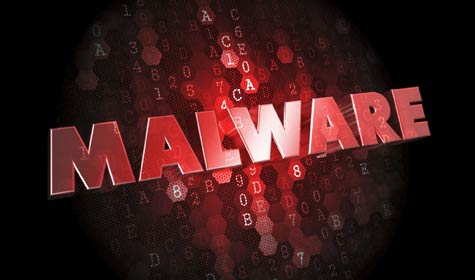
Five Reasons Why Information Security Is Everyone’s Job

I don’t usually jump on the new software or device bandwagon immediately. I tend to wait until something has been on the market for a little while and let other people work the bugs out first. However, the release of Windows 10 intrigues me. I had the chance to talk to some people at RSA about it, and I’m not sure the last time I heard so much enthusiasm for a new Microsoft product.
The release came at the end of July, with the upgrade made available for free. Who doesn’t like free, right?
Consumers aren’t the only ones who appreciate a free upgrade, though. Scammers and bad guys are taking advantage of the Windows 10 launch, too, using phishing emails to spoof the arrival of the OS. As PC World explained, the scam does a very good job mimicking a legitimate Microsoft announcement regarding Windows 10. The difference, though, was this:
An attached .zip file purports to be a Windows 10 installer … the attachment contains a piece of ransomware called CTB-Locker that encrypts your files and requests payment within 96 hours, lets your files be encrypted forever.
I can’t imagine that anyone would be surprised that the bad guys would try to take advantage of the OS release. However, according to Cisco’s midyear report, using ransomware is part of a growing trend with hackers using social and breaking news events to deliver ransomware. According to the report, ransomware has really stepped up its game, with improved professional development to encourage innovation and to ensure that the malware brings in financial gains. The Cisco blog explained more about how it works:
The ransoms demanded are usually affordable, generally a few hundred dollars depending on the bitcoin exchange rate. Criminals appear to have done their market research to determine the right price points for the best results: Fees are not so high that victims will refuse to pay or will tip of law enforcement. Ransomware authors keep their risk of detection low by using channels such as Tor and the Invisible Internet Project to communicate, and they use bitcoin so that financial transactions are difficult for law enforcement to trace.

Will we see more problems with ransomware going forward? I suspect the answer is “Yes,” especially as the developers get smarter about manipulating the ransom for their own gain. (Remember, as successful as Cryptolocker was at locking down a computer’s data, too many weren’t able to pay the ransom with Bitcoin, and, in turn, the developers weren’t able to make the money they planned to make.) We know that the spammers are very good at faking us out with phishing attacks. So enjoy your new Windows 10 upgrade. Just download with a lot of caution.
Sue Marquette Poremba has been writing about network security since 2008. In addition to her coverage of security issues for IT Business Edge, her security articles have been published at various sites such as Forbes, Midsize Insider and Tom’s Guide. You can reach Sue via Twitter: @sueporemba










